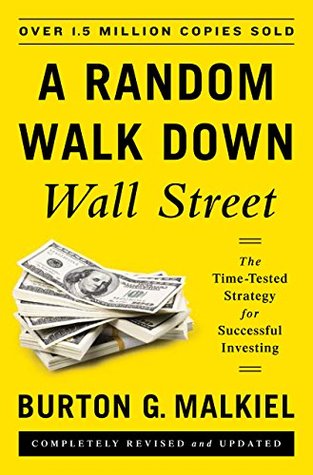More on this book
Community
Kindle Notes & Highlights
Read between
June 30 - July 13, 2019
And it’s also stimulating to learn about new ideas for products and services, and innovations in the forms of financial investments.
The firm-foundation theory argues that each investment instrument, be it a common stock or a piece of real estate, has a firm anchor of something called intrinsic value, which can be determined by careful analysis of present conditions and future prospects.
Discounting basically involves looking at income backwards.
Rather than seeing how much money you will have next year (say $1.05 if you put $1 in a savings certificate at 5 percent interest), you look at money expected in the future and see how much less it is worth currently (thus, next year’s $1 is worth today only about 95¢, which could be invested at 5 percent to produce approximately $1 at that time).
It stands to reason that the greater the present dividends and their rate of increase, the greater the value of the stock; thus, differences in growth rates are a major factor in stock valuation.
Security analysts must estimate not only long-term growth rates but also how long an extraordinary growth can be maintained.
Sound investment management, the practicing analysts learned, simply consisted of buying securities whose prices were temporarily below intrinsic value and selling ones whose prices were temporarily too high.
It was his opinion that professional investors prefer to devote their energies not to estimating intrinsic values, but rather to analyzing how the crowd of investors is likely to behave in the future and how during periods of optimism they tend to build their hopes into castles in the air. The successful investor tries to beat the gun by estimating what investment situations are most susceptible to public castle-building and then buying before the crowd.
most people are “largely concerned, not with making superior long-term forecasts of the probable yield of an investment over its whole life, but with foreseeing changes in the conventional basis of valuation a short time ahead of the general public.”
The smart player recognizes that personal criteria of beauty are irrelevant in determining the contest winner. A better strategy is to select those faces the other players are likely to fancy.
Thus, the optimal strategy is not to pick those faces the player thinks are prettiest, or those the other players are likely to fancy, but rather to predict what the average opinion is likely to be about what the average opinion will be, or to proceed even further along this sequence.
Technical analysis is the method of predicting the appropriate time to buy or sell a stock used by those believing in the castle-in-the-air view of stock pricing. Fundamental analysis is the technique of applying the tenets of the firm-foundation theory to the selection of individual stocks.
Many chartists believe that the market is only 10 percent logical and 90 percent psychological.
Fundamental analysts take the opposite tack, believing that the market is 90 percent logical and only 10 percent psychological.
Value in this case is related to a company’s assets, its expected growth rate of earnings and dividends, interest rates, and risk.
One of the first things the chartist looks for is a trend.


